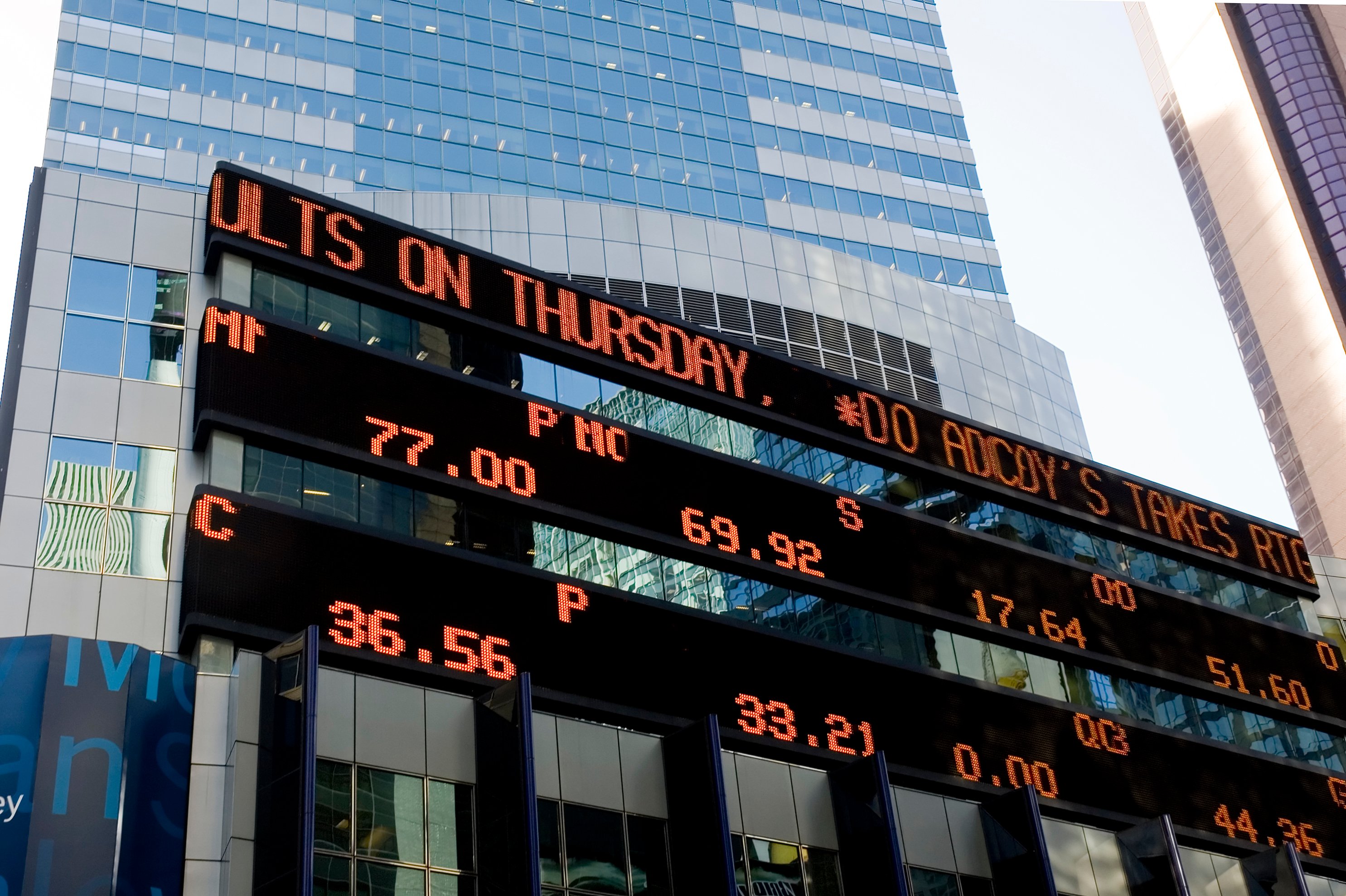What color pulse oximeter goes best with your favorite jacket?
That might seem like a crazy question now, but just wait. Wearable medical devices could be a big deal in the near future. ABI Research projects that 100 million wearable medical devices will be sold on an annual basis by 2016. IMS Research says that the market could top $2.9 billion within the next three years. And that's just the beginning for this new "fashion trend."

Copyright imec.
Accessorizing
The technology is already here. For example, the Metria Wearable Sensor from Avery Dennison (AVY +0.35%) includes a stylish sensing device that sticks to the skin. The device captures data such as breaths per minute and sleep time and then sends the information wirelessly to a smart phone or other electronic devices.
Need an EKG and EEG to go? That's no problem with Belgian firm Imec's electroencephalography, or EEG, headset and its EKG patch. The headset might not be the most attractive fashion accessory, but it's quite functional. The prototype can capture EEG and EKG data and send it to a receiver system.
Preventice developed the BodyGuardian Remote Monitoring System in collaboration with the renowned Mayo Clinic. The system uses a small sensor attached via adhesive to the chest area to collect ECG, heart rate, respiration rate, and activity level data. Physicians can monitor these biometric data while patients go about their regular daily schedules.
AiQ Smart Clothing takes a different spin on wearable medical devices. The company blends textiles with electronics to make devices that are actually clothing. AiQ's BioMan vital signs monitoring system, for example, is a machine-washable T-shirt. Vital signs are collected from the shirt and sent via Bluetooth to a smartphone.
Fashion tips
Are there any fashionable stock tips that investors can consider? Many of the innovators in the world of wearable medical devices are privately held. There are possibilities for investors to ride this wave, though.
Avery Dennison was the lone publicly traded company included in our examples of wearable medical-device makers. No financial details are available on how profitable the Metria sensors have been, but Avery's products are on the cutting edge. The big company has also partnered with smaller companies such as Preventice and Prometheus Biomedical.
Intel (INTC +2.95%) recently unveiled its Quark chip. Calling it the "smallest chip we've ever built," Intel says the tiny chip is ideally suited for wearable devices. Quark is one-fifth the size of Intel's low-end Atom chip and uses only one-tenth of the power.
Another big company jumping into the fray is Qualcomm (QCOM 0.45%). The San Diego-based technology giant recently introduced its Toq smart watch. Qualcomm also joined with Palomar Health earlier this year launched Glassomics, an incubator focused on exploring uses of wearable technology in medicine.
Wearable medical devices hold the potential to transform how care is provided. In the process, they could help lower the overall costs of health care. I wouldn't necessarily hold my breath on seeing medical devices included in any fashion show runway for the foreseeable future. A remake of the TLC series What Not to Wear for wearable medical-device fashion faux pas might be a different story.








